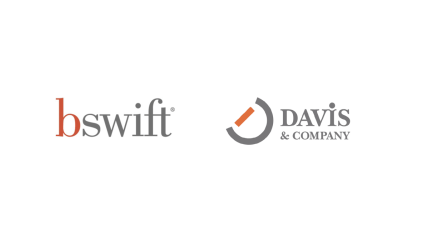
If your organization’s employee communication program includes town halls or all-hands meetings (where senior leaders discuss high-level content, such as goals or strategies, to large groups of employees), then you know how much time and effort they take.
So how effective are they? The easiest way to find out is to ask employees. Based on Davis & Company’s extensive research, here’s what we’ve heard from employees about what doesn’t work in town hall meetings, along with our advice about what to do differently:
|
What employees say |
The root problem/cause |
What to do differently |
|
“They’re too long.” |
Most town halls last an hour or more. If you factor in travel time, attending a town hall can take several hours out of an employees’ day. |
Put a time limit (30 to 45 minutes) on town halls. |
|
“The content is too difficult to understand.” |
Town halls often unveil complex strategies accompanied by intricate charts and graphs, each of which requires (but seldom receives) lengthy explanations. |
Break the content into bite-sized chunks. Encourage leaders to use examples and case studies rather than complicated graphs. |
|
“They’re too scripted.” |
Employees prefer unscripted “real” talk over a heavily edited, planned speech. |
Persuade leaders to use bulleted talking points to stay on track, but to inflect their own voice into the presentation. |
|
“I don’t feel comfortable asking a question.” |
It takes nerves of steel to be the one to ask the CEO or other top leaders a question, especially if the content is difficult to understand. |
Don’t scrap the Q&A altogether, but consider small group breakouts or panel discussions that are more likely to foster dialogue. |
|
“I want to know how this affects me/my area.” |
Employees like knowing the direction of the company, but are most concerned with how big news affects their region, group or function. This is heard most frequently among employees who work outside corporate headquarters. |
Consider having leaders visit outlying sites to discuss how they will help support strategies or goals. |
|
“I’m not sure what to do afterwards.” |
Town halls put employees in a passive listening role and keep them there by seldom including a “call to action” at the end. |
Engage employees beyond the town hall by asking them to hold additional meetings or discussions, or by posting follow-up questions to senior leaders in online forums or blogs. |
|
“Town halls don’t inspire me.” |
Most town halls are full of facts but aren’t particularly inspiring, causing employees to wonder if they are worth their time. |
Don’t use town halls to “data dump” facts and figures. Help employees connect with the content by using customer stories or examples of teams who are living your message to help get people excited. |




